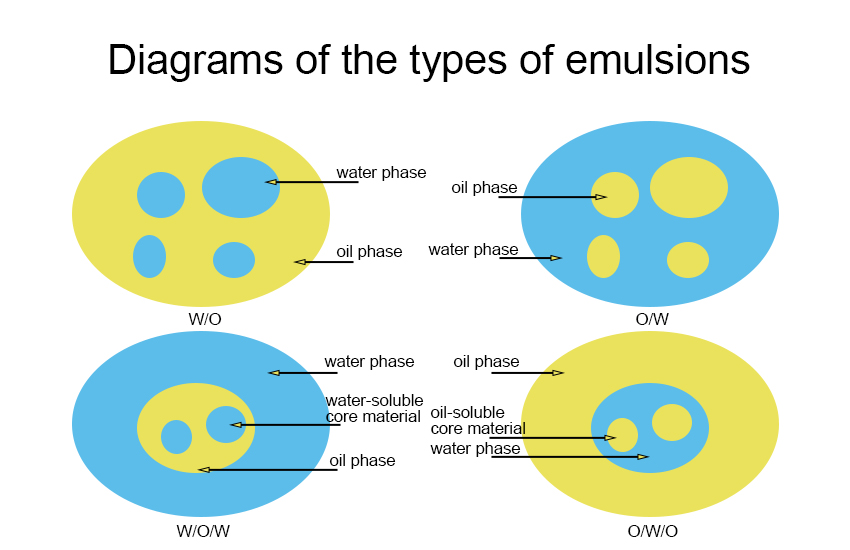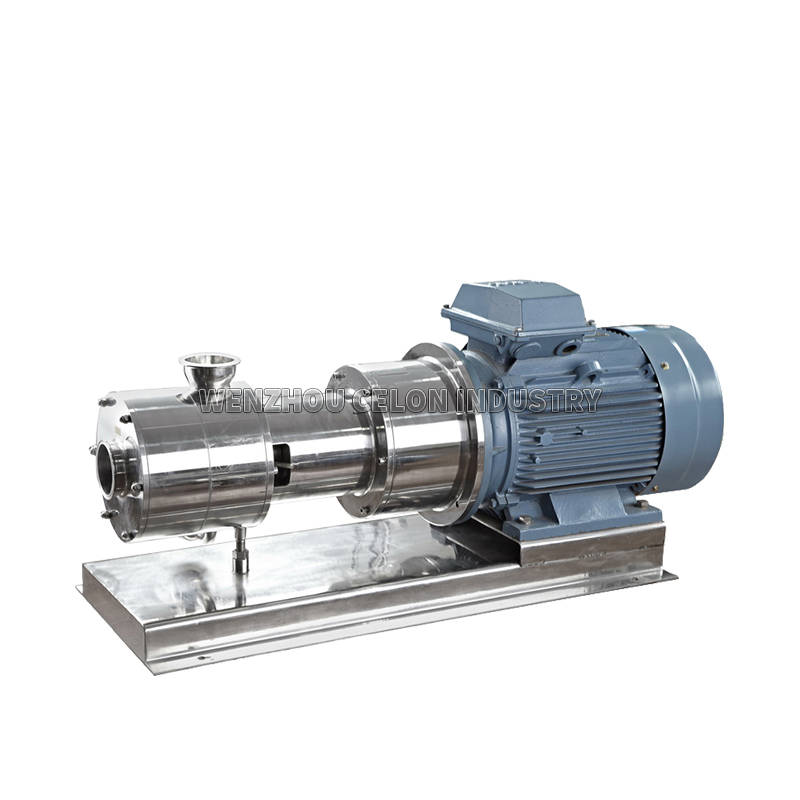What is An Emulsifying Machine
Emulsifying Machine: The Engine Behind Stable Emulsions in Modern Industry
Introduction
In industries ranging from food production to pharmaceuticals, the ability to blend immiscible liquids—such as oil and water—into a stable, homogeneous mixture is critical. This process, known as emulsification, is made possible by specialized machinery called emulsifying machine. These devices are indispensable for creating products like mayonnaise, lotions, pharmaceutical creams, and industrial lubricants. This article explores the working principles, types, components, and applications of emulsifying machine, highlighting their significance in today's manufacturing landscape.
How Emulsifying Machine Work: The Science of Breaking Barriers
Emulsification overcomes the natural tendency of liquids with differing surface tensions (e.g., oil and water) to separate. By applying mechanical energy—such as high-speed shear, pressure, or ultrasonic vibrations—emulsifying machine disrupt the interfacial tension between the liquids. This breaks the dispersed phase (e.g., oil) into microscopic droplets that remain uniformly suspended in the continuous phase (e.g., water), stabilized by emulsifying agents. The result is a stable emulsion with enhanced texture, shelf life, and functionality.
Types of Emulsion

Emulsions are classified into two primary categories: simple and complex.
Simple emulsions consist of one liquid dispersed as droplets within another immiscible liquid. These include:
Oil-in-water (O/W) emulsions: Oil forms the dispersed phase, while water acts as the continuous phase.
Water-in-oil (W/O) emulsions: Water becomes the dispersed phase, and oil serves as the continuous phase.
Complex emulsions, also referred to as multiple emulsions, involve nested structures where one type of emulsion is encapsulated within another. Common examples include:
Oil-in-water-in-oil (O/W/O): An oil-in-water emulsion is further dispersed within an outer oil phase.
Water-in-oil-in-water (W/O/W): A water-in-oil emulsion is dispersed within an outer water phase.
These intricate systems are typically stabilized using surfactants (emulsifying machine), which reduce interfacial tension and enhance stability by preventing droplet coalescence. Complex emulsions are valued in applications requiring controlled release, encapsulation, or enhanced texture in products like pharmaceuticals, cosmetics, and food.
Types of Emulsifying Machine: Tailored Solutions for Diverse Needs
High-Shear Mixers
Mechanism: Rotating blades generate intense shear forces, fragmenting liquids into fine droplets.
Applications: Ideal for viscous products like sauces, cosmetics, and pharmaceutical creams.
Advantages: Rapid mixing, scalability, and versatility.
Mechanism: High-pressure pumps force liquids through narrow valves or nozzles, reducing droplet size.
Applications: Dairy products (milk, cream), beverages, and vaccines.
Advantages: Ultra-fine emulsions with long-term stability.
Ultrasonic Emulsifying Machine
Mechanism: High-frequency soundwaves create cavitation bubbles, whose collapse releases energy to mix liquids.
Applications: Nanoemulsions for drug delivery, premium cosmetics, and advanced materials.
Advantages: Precision control, energy efficiency, and minimal heat generation.
Colloid Mills
Mechanism: A rotor-stator system grinds particles through mechanical friction and shear.
Applications: Ointments, nut butters, and industrial coatings.
Advantages: High shear efficiency for thick or abrasive mixtures.
Key Components of an Emulsifying Machine
Motor: Powers the mechanical action (e.g., rotor speed, pressure generation).
Rotor-Stator Assembly: The heart of shear-based systems, responsible for droplet size reduction.
Pumping System: Critical in homogenizers to achieve high-pressure processing.
Temperature Control Unit: Maintains optimal thermal conditions for heat-sensitive ingredients.
Mixing Chamber/Vessel: Houses the raw materials during processing.
Industrial Applications: Where Emulsifying Machines Shine
Food & Beverage
Produces salad dressings, ice cream, and infant formula, ensuring consistent texture and taste.
Pharmaceuticals
Manufactures sterile emulsions for topical creams, injectables, and oral suspensions.
Cosmetics
Creates silky lotions, sunscreens, and serums with enhanced absorption and stability.
Chemicals & Coatings
Formulates paints, adhesives, and lubricants with uniform particle distribution.
Petrochemicals
Prepares drilling fluids and fuel additives requiring precise emulsification.
Advantages of Modern Emulsifying Machine
Consistency: Batch-to-batch uniformity ensures product reliability.
Efficiency: Reduces processing time and labor costs compared to manual methods.
Customization: Adjustable parameters (speed, pressure, temperature) cater to diverse formulations.
Quality Enhancement: Improves emulsion stability, shelf life, and performance.
The Future of Emulsification Technology
Innovations in emulsifying machine design focus on sustainability and smart automation. Energy-efficient systems, IoT-enabled sensors for real-time monitoring, and hybrid machines combining multiple emulsification methods (e.g., shear + ultrasound) are gaining traction. These advancements aim to meet the growing demand for eco-friendly, high-performance emulsions in sectors like plant-based foods and biodegradable cosmetics.
Conclusion
An emulsifier is a specialized device used to mix two typically immiscible liquids (such as oil and water) into a stable emulsion.There are many types of emulsifying machines,such as high-shear mixer,homogenizer,colloid mill,ultrasonic emulsifying machine,and so on.It is widely applied in the food, cosmetics, pharmaceutical, and chemical industries to produce various products.Emulsifying machines are the unsung heroes of modern manufacturing, enabling the creation of products that define daily life. By mastering the science of blending immiscible liquids, these machines ensure quality, efficiency, and innovation across industries. As technology evolves, emulsifiers will continue to drive progress, paving the way for smarter, greener, and more sophisticated emulsion-based solutions.
